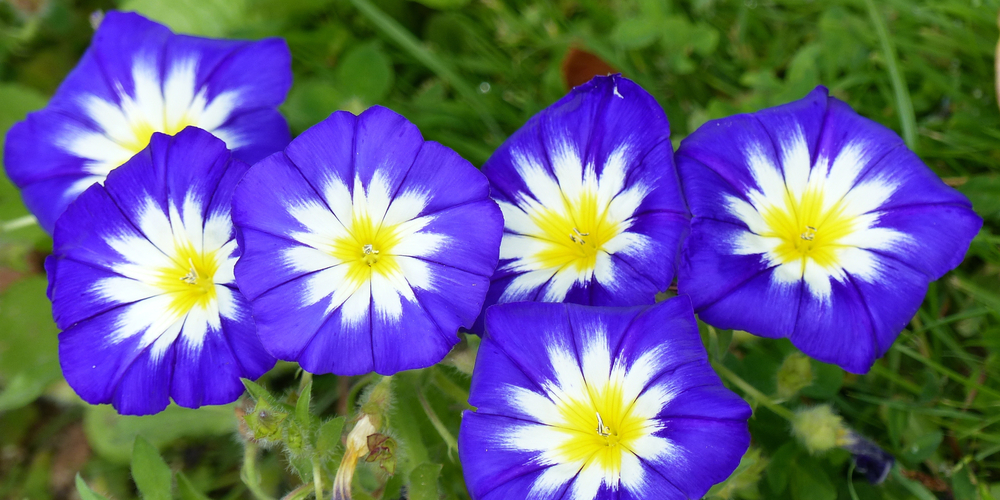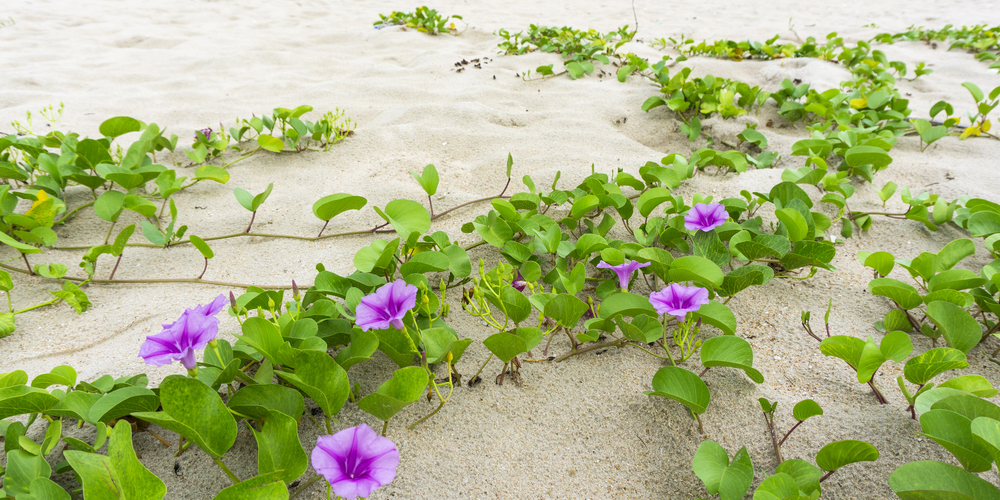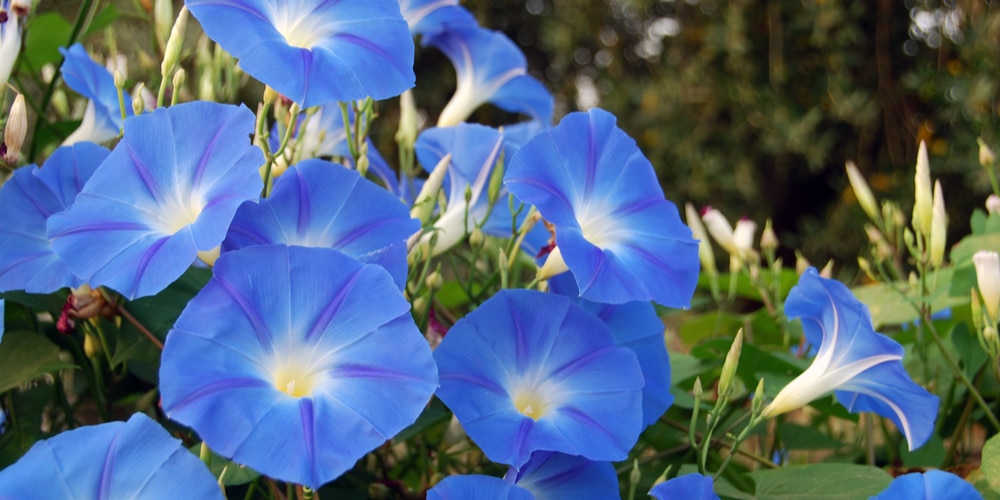The Morning Glory is a plant that produces colorful bouquets of trumpet-shaped flowers and has cascades of heart-shaped, bright green leaves. In some places, you might see them year-round, while in others you only see them in the summer. This leads to the question, are morning glories perennials? Do they come back every year?
Is Morning Glory Annual or Perennial?
The Morning Glory plant is an interesting topic when it comes to the annual and perennial aspects. You see, it’s actually a common name for plants within the Ipomoea family and encompasses hundreds of different varieties. Even more curious is the fact that morning glories are perennial in certain USDA zones while being an annual in others.
Morning Glories are perennials in zones 8 through 11, and annuals in zones 7 and below. Also, some morning glory varieties are considered perennials while others are grown as annuals. These plants prefer a warm and tropical climate and tend to come back on their own year after year if given the ideal environment.
In cold climates and outside their growing zones, morning glories tend to die back to the ground at the first arrival of frost. If you’re fortunate enough to live in an area where temperatures do not go below 45 degrees F (or 7 degrees C), then you can look forward to a returning morning glory that self-seeds and multiplies. However, all is not lost as you can easily grow morning glories from seeds.
Since morning glory encompasses a lot of plants they’re often mistaken for something else. That said, it is recommended that you know which one you want so you can get the exact foliage, as well as the flower shape and color for your yard or garden.
How to Grow Morning Glory as an Annual
The good news is that morning glories germinate easily and can be started indoors 4-6 weeks before the last expected frost date. You can also wait until the ground has warmed up to at least 65 degrees F (or 18 degrees C) to sow them outside.
Morning Glories grow best in sites that get full sunlight throughout the day. If you want a thriving morning glory that produces lots of bright blooms, give it at least 6 hours of direct sun each day. It is worth noting that the plant grows quickly, so the site should have adequate space to accommodate its spreading nature.
Plant the seed to about a half-inch deep and irrigate the soil to start the germination process. Keep the soil constantly moist, and soon you’ll see the seedlings sprout. If possible, amend the soil with organic matter such as compost to support early growth. However, the morning glory isn’t too picky about the medium and can thrive in poor conditions.
The same goes for feeding the morning glory plant- fertilization is not an absolute requirement, and too much will lead to more foliage than flowers. Provide frequent watering throughout its growing season, and more if the conditions are dry and during the summer. After your plants bloom from June to October, you can collect the seeds or let them die back in winter.
How to Grow Morning Glory as a Perennial
In warmer climates, morning glory can be kept as a perennial garden specimen. The vining habit will be in full display when you allow it to climb fences, trellises, pergolas, and even walls.
Ipomoea purpurea can achieve a height of anywhere between 6 to 10 feet (or 72 to 120 inches) and a spread of 3 to 6 feet (or 36 to 72 inches), with striking purple flowers that have white throats. You can watch as the trumpet blooms open in the morning, then close in the early evening as a sort of landscape curiosity.
Pruning morning glories can be done to encourage the plant to continue blooming. You can practice deadheading, or removing spent blooms so the plants produce more during the growing season. Since the species tends to grow aggressively, it can overtake neighboring plants and spaces. You can then cut your morning glories back to keep them manageable and under control.
Fertilizing with a balanced liquid product can help it produce more flowers, but it’s not a necessary requirement. Harvest the seeds from spent flowers in the fall for propagation purposes.


